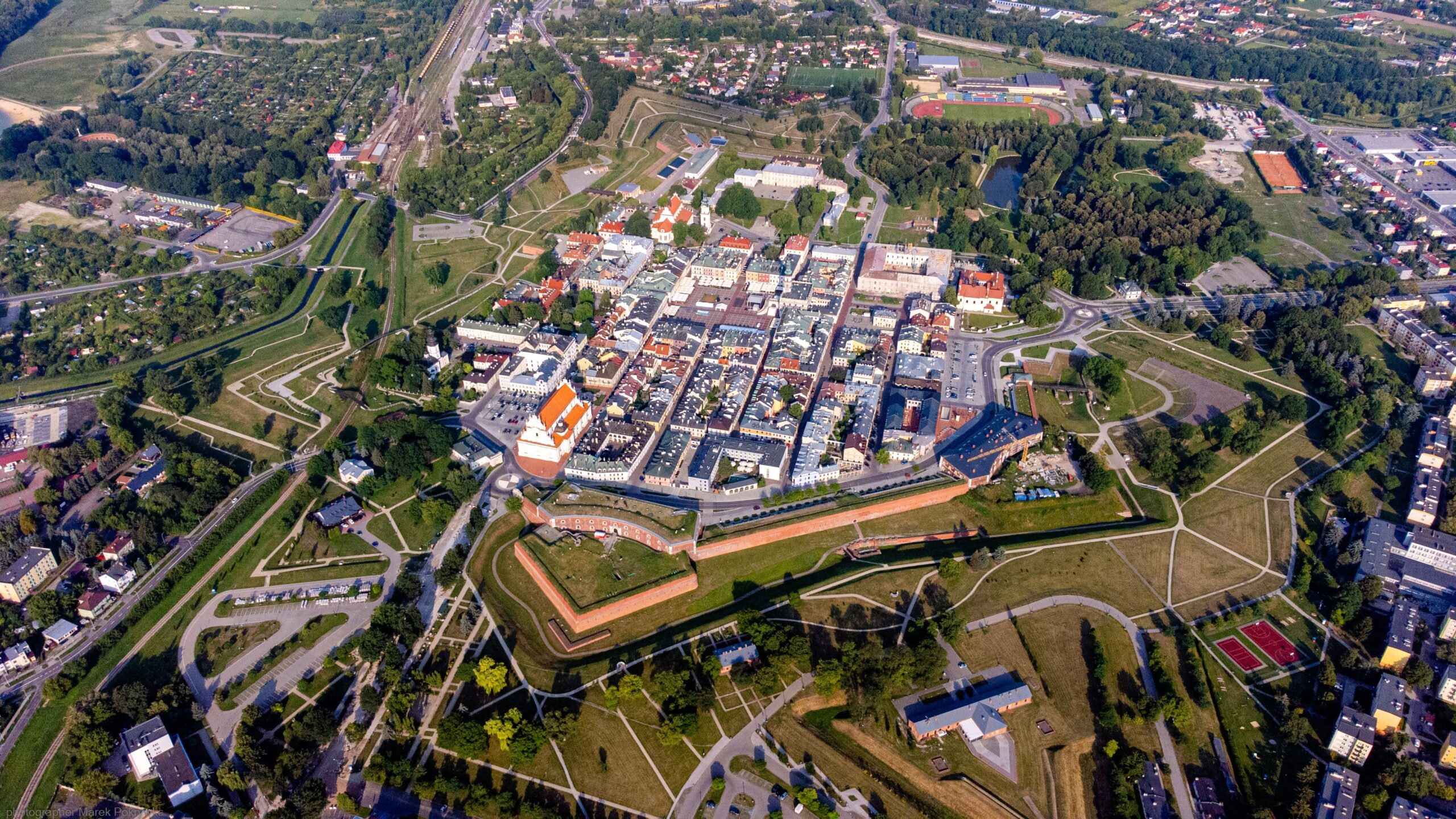Like any other, the project idea started from a blank piece of paper that was filled out and became a project application of about a hundred pages at the end of 2021 and the beginning of 2022, when the program’s open call was announced. Several dozen meetings were held during that period, and several hundred emails were sent. “It was not difficult to persuade all the project partners because they immediately liked the idea of piloting the needs of the program area for accelerating the energy transition on very recognizable star-shaped renaissance cities,” explains project manager Matija Vajdić, head of the Department for Renewable Energy Sources, Climate and Environmental Protection, EIHP.
This project is imbued with the strong symbolism of the Renaissance transition, which, says Vajdić, is reflected in the green energy transformation of city districts through project activities. Symbolism is essential in such international projects where the competition from experienced institutions from Germany, Austria or Italy is exceptionally high. The project application must be recognizable and have clear activities to solve the defined problems of the program area, in this case, the nine countries of Central Europe.
The goal of the project is to identify solutions aimed at the modernization of historical centers, while protecting their historical and cultural heritage, that is, to develop a methodology for energetically renovating entire neighbourhoods and to define action plans for the transformation of city districts into neighbourhoods with almost zero energy consumption by 2050, based on the experience of the pilot investment in well-known city centers: Palmanove (Italy), Zamość (Poland), Karlovac (Croatia). They are recognized as the best examples for implementing the project because they were built as ideal Renaissance cities, today city districts with star shapes.
In the City of Karlovac, through planned project activities, the integration of renewable energy sources will be carried out in or around the city districts, battery systems will be installed, and, in general, work will be done on the digitization of energy systems through smart solutions, all to bring modern solutions closer to citizens. “Of course, it’s not just about theory; we don’t embark on any project just to theorize. We believe that after three years of implementation, we will have a concrete catalogue of solutions that will help renovate not only building by building but the entire city. This can encourage citizens to unite through their neighbourhoods and start renovating their homes, i.e., buildings, because they will see the concrete benefits of introducing new and innovative technologies, such as battery systems, renewable energy sources, energy efficiency measures, green infrastructure, etc.,” says Vajdić. The pilot cities that are also partners in the project, as examples of ideal Renaissance cities, are entirely energy inefficient, non-renewable, and unsustainable today. “Just as at the end of the 16th century, when our pilot cities were built, their architecture represented a significant change from standard medieval construction to something new and modern, so we want to show with the project and concrete activities that the transition can be done even in the most complex city districts, and these are certainly protected cultural and historic districts,” points out Vajdić.
The first step of ZEB4ZEN is the analysis of energy flows within the existing city districts of Karlovac and the UNESCO-protected city cores of Palmanova, Zamość and Quedlinburg, a city in Germany under UNESCO protection with extensive experience in the application of low-carbon technologies. Energy flows imply consumption and the possibility of energy production within or near city districts. Buildings, open space, thermal, cooling and electrical energy will be analyzed – all aspects of energy production, distribution and consumption. Furthermore, specific energy efficiency measures and integrating renewable energy sources will develop a catalogue of solutions supported by the aforementioned pilot investments in three historic Renaissance cities. Multi-criteria analysis will optimize the order of implementation of measures in the period up to 2030 with a view to 2050 when all city districts in Europe must reach carbon neutrality.
The project promotes the use of modern energy and communication technologies. The involvement of citizens is significant for the energy transition, and that is why, through the project, through the use of virtual reality technology, concrete measures necessary for carbon neutrality will be shown virtually to citizens. It is undoubtedly the citizens’ desire to get a clear picture of how their city quarter will be transformed and the city’s vision and policy.
